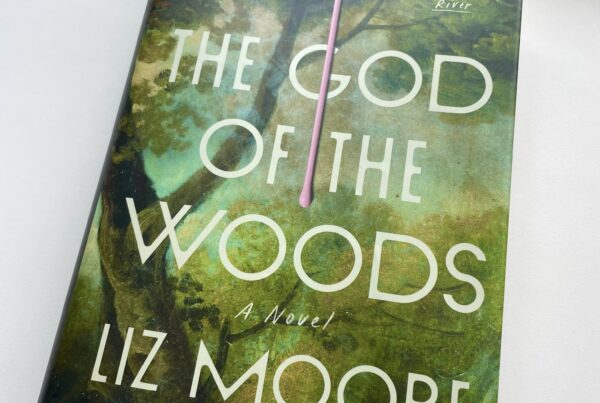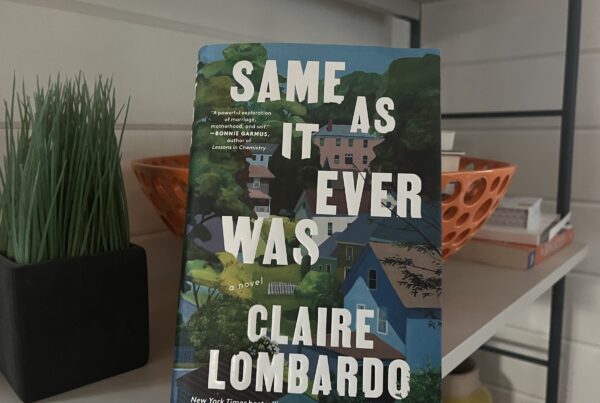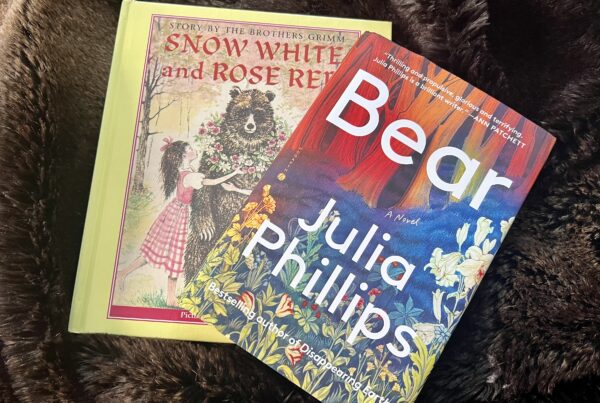a bookclique synthesis by Ann V. Klotz featuring Caroline, Little House Revisited by Sarah Miller; Laura Ingalls Wilder Is Ruining My Life by Shelley Tougas; and Prairie Fires: The American Dreams of Laura Ingalls Wilder by Caroline Fraser
Laura Through the Years
For several years, sunbonnets dangling, our two daughters would clamber onto the coffee table in the living room of our New York City apartment to cross the prairie. Behind them, they tugged a stuffed pug on wheels, standing in as the faithful bulldog, Jack. Like Laura and Mary, our girls were two years apart. Both preferred Laura, her father’s favorite, to prissy Mary. Laura had worked her magic on their imaginations, urban girls longing to make snow candy.
A few years ago, reading the books once again to our much younger son, I was startled by the level of detail the stories contained, almost an instruction manual for turning an inflated pig’s bladder into a ball. I yearned for action, conflict, character development. The tales were tamer than I recalled. Still, Laura Ingalls and her girlhood are part of me, woven through the psyches of of many women my age. As a 57-year old schoolteacher-writer, I love that Laura didn’t publish her first book until she, too, was 65, encouraged (and edited) by her daughter, Rose. She gives me hope.
Long before Netflix, I binged on the adventures of the Ingalls family. It was Laura Ingalls Wilder who taught me about yearning. I read and re-read the series many times, coveting the boxed set a friend owned, imagining myself facing the ring of wolves or skating on the shores of Silver Lake. I gobbled up every detail Laura offered. I yearned to fall asleep to Pa’s fiddle music with Ma’s china shepherdess on the mantle, longed to be happy with a peppermint stick and a tin cup for Christmas.
This spring, everywhere I turned, there was Laura. First, I saw Caroline in a bookstore. Then, on the shelf of our school library, I noticed Laura Ingalls Wilder is Ruining My Life. Someone else asked if I had read Prairie Fires. The universe was demanding that I spend time with my childhood heroine. And just as summer began, the American Library Association stripped Wilder’s name from its children’s book award. I felt both indignant and complicit. After all, hadn’t I edited as I read aloud? Hadn’t I omitted sentences that made me squirm, and didn’t I feel ashamed that I hadn’t noticed them when I was a child?
“I’d forgotten how racist she was, “ I remember admitting to my husband one night after our girls fell asleep, Laura having had demanded a papoose of her own as the sad Osage trudged away from their land. Of course, Wilder reflected the mores of own upbringing – that fear of the “other” that characterized not only her girlhood, but also her adulthood.
Prairie Fires: The American Dreams of Laura Ingalls Wilder by Caroline Fraser
Laura told her version of the truth just as I, a memoirist, do, and, in so doing, she prettied up a lot of what was hard. Perhaps she yearned to give us version of her own childhood, grown golden in memory. Perhaps she made Pa less harsh than the real Charles Ingalls, who, history suggests, was a depressed and difficult man.
It seems everyone can agree he suffered; he made one poor financial decision after the next and often put his family in harm’s way. Laura’s resilience was forged in the fires of necessity. What she had endured by ten was harrowing: grasshoppers, fire, terrible illness, hunger, harsh elements. Her father, it seemed, yearned, too – for a better life, for opportunity, for money, for space.
Fraser’s history of the American West told with the Ingalls’ family’s saga as its spine is riveting and forces us to reconcile our sanitized and mythologized version of Westward expansion with harsh and ugly truths. Our nation’s treatment of indigenous people was, Fraser explains, shameful and, until recently, largely, unacknowledged.
So, too, was our country’s treatment of people like the Ingalls, who were lured west by the false promise of land and opportunity and then abandoned to famine and ferocious elements. And people like Laura’s mother, Caroline.
Caroline, Little House Revisited by Sarah Miller
Sarah Miller’s depiction of Caroline Ingalls, the unsung heroine of the family, reminds readers of the unrelenting work that was a pioneer woman’s lot – dust and hunger and fear and loneliness and harsh weather and more of the same. Submissive Caroline loves and obeys her husband; when he yearns for new adventure, she packs up the wagon and heads West.
In Miller’s talented hands, Caroline is possessed of a rich interior life; she writes letters in her head to relatives she never expects to see again; she attends to the landscape around her, to its beauty and power. For much of the novel, she is preoccupied with her pregnancy – when will the baby move? How will she give birth alone?
The detail of Laura’s own books is reflected in Miller’s attention to historical research. Should the need arise, I now feel equipped to prepare to give birth in a one-room cabin. Still, Caroline remains elusive for me. She cared deeply about her children’s behavior and about holding onto what she believed to be civilization. She was humble, likable, and aware of her sexuality as a form of power. Slightly sorry to head “home” after their prairie venture concludes, she was strong and brave. Yet I found myself melancholy, aching for her. What, really, did she yearn for? Family? Stability? Roots?
Laura Ingalls Wilder is Ruining My Life by Shelley Tougas
Certainly, that’s what Charlotte, the spunky middle school heroine of Shelley Tougas’s Laura Ingalls Wilder is Ruining my Life yearns for, in addition to friends who can be counted on – a tall order in Walnut Grove, the next small town in which she finds herself with her mother, twin brother and half sister.
Her mother, a writer of slender means, hopes Walnut Creek and Laura will inspire her next big novel. Money is tight and Charlotte’s mother’s spirits flag in the long hard winter; Charlotte’s twin suddenly becomes cool; Charlotte pegs neighbor, Julia, as Nellie Oleson, but Julia turns out to be not as advertised.
This is a marvelous read, especially for Laura fans, who will relish the allusions. The tone is un-saccharine, and the plot features a great no-nonsense teacher, Mrs. Newman, who sticks up for Charlotte when things turn ugly in a vandalism episode. Of the three books, perhaps this YA novel offers the most satisfying resolution.
Lucky in the 21st Century
Amid this immersion in Laura’s literary world, in July, I found myself on my knees behind the stove, scrubbing the linoleum. Hot and tired, I felt defeated by rust and old stains. Eventually, I stood up, got a clean glass from the cabinet, ran clear, cool water from the tap at the sink, and drank it in one thirsty gulp. Lucky 21st century woman, I lifted my glass of water to Caroline Ingalls. Had we switched places, she might have stared in puzzlement at the shiny keyboard of my laptop, and I might have simply lain down on that dusty prairie and given up. I toasted Caroline Fraser, too, for teaching me more about a chapter in American history I had not learned.
Oblivion is seductive, but as a teacher, it’s my job to navigate complexities with my students, to teach them that resolution is rarely the endgame. Of all the characters I met and revisited this summer, it’s Mrs. Newman who resonates the most – I want to be a Mrs. Newman, comfortable being uncomfortable, willing to examine texts that ask us to unpack complexity. Laura Ingalls Wilder is a complicated figure in the landscape of children’s literature; she has, as I’ve aged, asked me to keep asking questions. I’m appreciative of the chance to keep thinking, to keep wrestling with nuance, with situations that are difficult to resolve easily.




